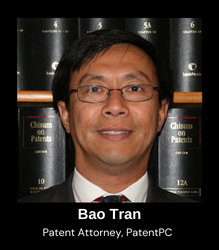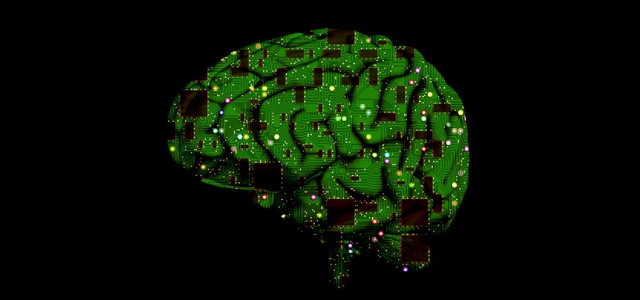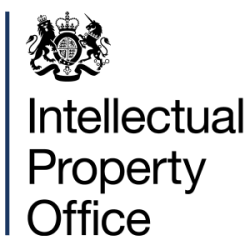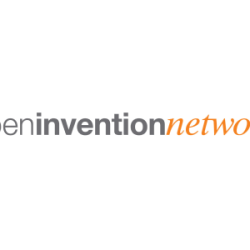 When I was young, Steve Jobs famously called computers “bicycles for the mind,” and the metaphor helped explain why computers are so useful to human beings. Bicycles help humans conserve energy from one step to the next, which is why they are the best walkers in the animal kingdom (along with turtles and whales).
When I was young, Steve Jobs famously called computers “bicycles for the mind,” and the metaphor helped explain why computers are so useful to human beings. Bicycles help humans conserve energy from one step to the next, which is why they are the best walkers in the animal kingdom (along with turtles and whales).
AI bots can provide a real-time legal response
In Colombia, a judge used an AI-powered chatbot to make a court decision in a case involving a dispute with a health insurance company. Judge Juan Manuel Padilla Garcia says he used the tool to assist him in solving a dispute between a health insurance company and the guardian of an autistic child. The case concerns whether the child is covered for medical treatment. The judge first posed legal questions to the chatbot and then used its responses as part of his judgement.
As a judge, Garcia was not required to use AI when ruling on the case but he did not want to deny its use. He said that he was using it to help him with jury selection matters and to brainstorm ideas for opening statements, but he also did not want to reveal the specific issue he had used ChatGPT for.
Companies providing patent drafting solutions
AI-powered patent software solutions that can help patent attorneys to more efficiently manage their patent portfolios. According to PatentPal, the patent drafting market is $9B in the US, $32B worldwide, and growing each year. The current product automates the first five hours of drafting a patent, representing a 20% productivity boost towards a patent that would otherwise take 25 hours to draft. With AI technology, a law firm can increase annual profits significantly.
These software solutions can help with tasks such as patent searching, patent analysis, and patent filing, and can help patent attorneys to identify potential infringement risks and opportunities for innovation. These companies include PowerPatent, Qatent, Specif.io, and PatentPal.
PowerPatent: PowerPatent provides a software solution that uses AI to help patent attorneys create high-quality patent applications using generative AI technology and not ChatGPT. The platform provides a suite of tools, including a guided invention disclosure process for corporate inventors, collaboration tools between inventors and attorneys, and an AI-powered patent drafting tool with claim generator and flowchart diagramming. The system also includes tools for patent diagnosis such as 101 and 112 analysis, antecedent basis issues, consistency of part numbers, and Private PAIR integration to support patent filing. AI supported patent searching for the claimed invention will be supported soon.
Qatent is an AI-empowered drafting system that uses BERT and GPT-3 to draft claims. It features drafting support, with autocomplete, renumbering, and suggestion features. It claims that, combining knowledge from patent attorneys with Large Language Models gives you high quality text proposals inside of an intuitive interface. It has a Paraphrasing Tool to suggest various options of the same sentence, giving a patent application the correct scope. It also has a diagram generator with simple step diagrams at present.
Specif.io is a patent drafting solution made for software inventions. Users provide the software with a set of method claims and the software automates the flowchart generation from the method claims. While strictly not an AI tool, the result can provide a shell for prosecutors to use. As reviewed by Martin Schweiger, “All that framework information of the computer system can be systematically copied together from boilerplate languages and templates and the Specifio system does that in a very intelligent and adaptable way.”
PatentPal is building language technology to auto-generate patent applications. Patent attorneys bill clients at $15k per patent, fixed-fee. It recently launched into open beta and its mission is to capture the rapidly-expanding global intellectual property market.
The future of AI-supported patent drafting
The future of AI-supported patent drafting looks very promising. As AI technology continues to improve, it has the potential to revolutionize the way patent attorneys create and manage patent applications.
Overall, the future of AI-supported patent drafting looks bright. As the technology continues to improve, we can expect to see more accurate, efficient, and effective patent drafting and management tools that greatly enhance the patent attorney’s workflow.
Written by Bao Tran, Patent Attorney at PatentPC











